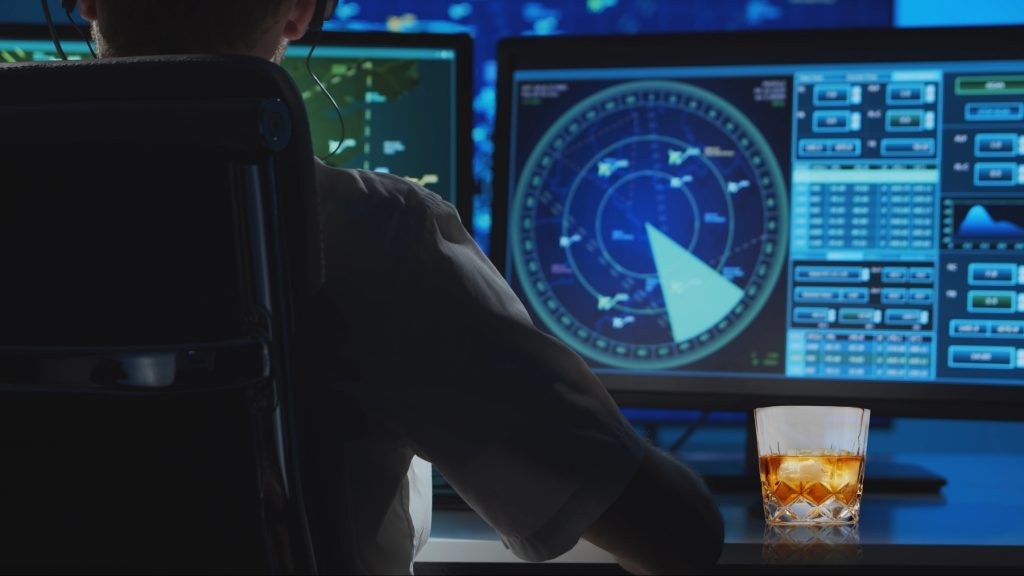
Drunk, Stoned and Depressed Air Traffic Controllers Guiding Your Plane
“Hi everyone, this is your Captain again. We’re about 200 kilometres from Kennedy. We’ll be commencing our descent in two minutes.”
After a long haul or a short haul, when you hear this, you can’t help but feel relieved you’ll be on the ground again soon. The flight’s been good, the pilot hasn’t flipped or succumbed to food poisoning. No midairs. And you’re on time.
All is good.
Except…
There are about 50 other fully loaded Boeings and Airbuses stacked up to land at JFK at the same time as your plane. And the Air Traffic Controller, the man or woman juggling 12,000 unwieldy tonnes around the air with around 10,000 souls aboard may be drunk, depressed or high. And you know when I write high, I’m not describing altitude.
After reading this report in the New York Times today, I think I can safely say I’m going to swap one anxiety for another whenever I hear the invocation “we’ll be commencing our descent in two minutes”.
Air Traffic Control? More like Air Traffic Playstation.
So I did some digging about AI’s role in Air Traffic Control. What I found was heartening. Arizona State University have developed software which they call PARAATM, the acronym for Prognostic Analysis and Reliability Assessment for Air Traffic Management. It integrates AI with radar and GPS. Once an aircraft is 320 kilometres from its destination, PARAATM can begin planning touch down with greater efficiency than sober, lucid Air Traffic Controllers. The software can also predict issues more in less than 60 seconds. This is faster than the time it takes an air traffic controller to look away from his screen, reach for his double scotch on the rocks and take a calming sip.
The sober human brain can make an informed decision once every two seconds.
A dulled human brain can’t make an informed decision, period.
AI, based on the data it has, can make a quadrillion decisions in the same time.
Arizona State University aren’t saying when the tech behind PARAATM will extend to landing guidance.
But I wish they’d hurry.
Written from an altitude of 9200 metres above sea level. About five minutes before commencing descent.
Inside Telecom provides you with an extensive list of content covering all aspects of the tech industry. Keep an eye on our Tech sections to stay informed and up-to-date with our daily articles.